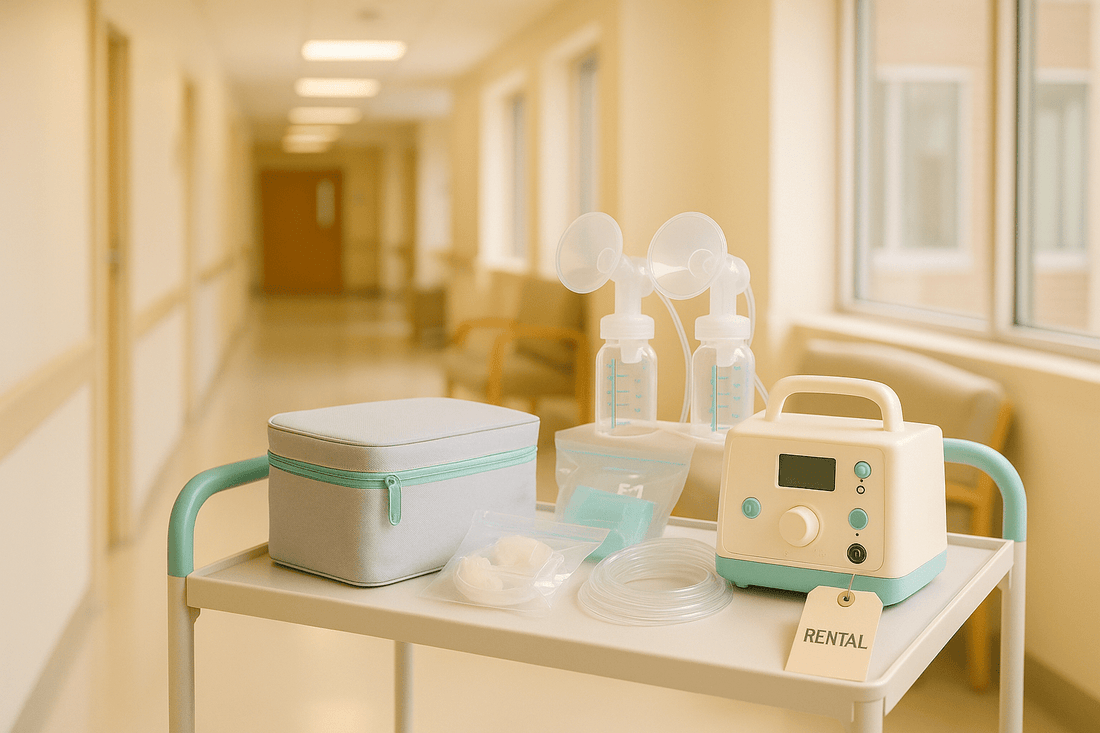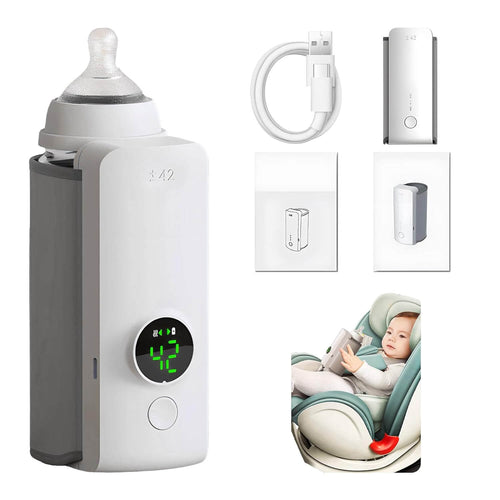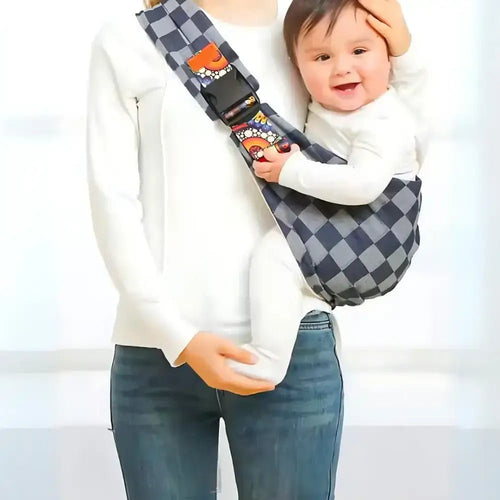
Hospital-Grade Breast Pumps: What It Really Means
“Hospital-grade” is a confusing label. The FDA doesn’t define it, and brands use the term differently. This guide clarifies what parents usually mean by hospital-grade, how multi-user rental pumps (e.g., Medela Symphony, Ameda Platinum) differ from personal-use models (e.g., Spectra S1/S2), when rentals make sense, how insurance may work, and how to compare pumps with measurable specs like mmHg and closed system.
What “hospital-grade” actually means
There is no FDA-recognized definition of “hospital-grade.” In practice, the label is often used for multi-user pumps designed for clinical settings and rentals (paired with a personal hygiene kit), while some consumer brands say “hospital-strength” to describe higher suction levels on personal-use models. Always look past the label and compare measurable features.
- Multi-user design & service: Built for frequent, multi-user duty; cleaned/serviced by authorized providers; used with personal kits.
- Personal-use models: For one user; should not be shared or rented; some advertise “hospital-strength” suction.
Hospital-grade vs personal-use: key differences
| Feature | Hospital-grade (multi-user rental) | Personal-use (single user) |
|---|---|---|
| Design intent | Multi-user clinical durability; rental for medical needs | Daily personal use by one parent |
| Examples | Medela Symphony, Ameda Platinum | Spectra S1/S2/S9, wearable & compact personal pumps |
| System | Closed system + rental cleaning/servicing | Closed system preferred; follow home cleaning steps |
| Usage | NICU, low supply, exclusive pumping starts, medical necessity | Most day-to-day pumping at home/work |
| Access | Rented from hospital/DME; often requires medical necessity | Purchase through retail or insurance benefit |
| Weight/portability | Heavier desktop units (e.g., ~8–10 lb) | Lighter; battery options available |
Real-world examples
- Medela Symphony®: Hospital-grade multi-user pump commonly rented for medical need; designed for daily use with service support.
- Ameda Platinum®: Hospital-grade multi-user pump with adjustable cycles and suction; displays approx. 30–250 mmHg and 30–80 CPM on the control panel.
- Spectra S2 Plus (personal-use): Marketed as “hospital-strength” (up to 270 mmHg) but not a multi-user rental pump.
Terminology tip: hospital-grade ≠ hospital-strength. Focus on multi-user design and service model vs. suction numbers alone.
When a hospital-grade rental may be helpful
- Preterm/NICU starts or exclusive pumping in the early weeks
- Medical challenges impacting supply or latch—coordinate with your clinician/IBCLC
- Short-term need while establishing milk production after delivery or complications
Insurance & rentals: what to expect
- Eligibility varies: Many plans cover a personal-use pump; hospital-grade rentals often require documented medical necessity.
- How it flows: Benefits verification → Rx if required → eligible model/rental → delivery & support.
- Out-of-pocket: Cost-sharing or upgrade fees may apply—confirm details with your plan.
If a provider or DME offers Symphony/Platinum rentals, they typically confirm medical necessity during benefits verification.
Spec-based shopping checklist (mmHg, system, dB)

- System: Prefer a closed system with backflow protection.
- Maximum suction (mmHg): Higher isn’t always better—use the lowest comfortable level that moves milk.
- Cycles (CPM): Faster for let-down; slower/deeper for expression.
- Noise (dB): Quieter (~<45–50 dB) helps for night sessions/shared spaces.
- Portability: Weight & power (AC vs rechargeable battery).
- Fit: Correct flange size (mm) improves comfort and output.
Cleaning & safe milk storage (quick chart)
- Parts care: Wash milk-contact parts with hot, soapy water after each use; air-dry on a clean rack. Sanitize per brand instructions.
- Fresh milk storage: Room ≤77°F (25°C) up to 4 hours · Refrigerator up to 4 days · Freezer ~6 months best (≤12 months acceptable).
- Thawed milk: If thawed in the fridge, use within 24 hours; do not refreeze; avoid microwaving.
FAQ
Is “hospital-grade” an official standard?
No. The FDA does not recognize the term “hospital-grade.” Compare multi-user design, closed system, service/rental model, and measurable specs instead.
Is the Spectra S2 a hospital-grade pump?
Spectra S2 is a personal-use pump marketed as “hospital-strength” (up to 270 mmHg). It is not a multi-user rental device.
Can I rent a Medela Symphony through insurance?
Often yes when medically necessary, but it’s plan- and state-dependent. Providers typically verify benefits and any Rx requirements.
How do hospital-grade models like Ameda Platinum differ?
They’re multi-user units built for clinical durability with adjustable cycles and suction (e.g., ~30–250 mmHg) and are serviced by authorized providers.


